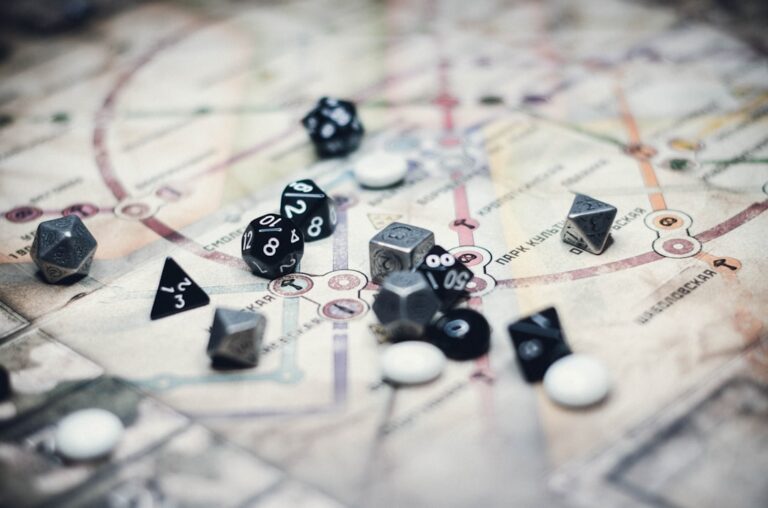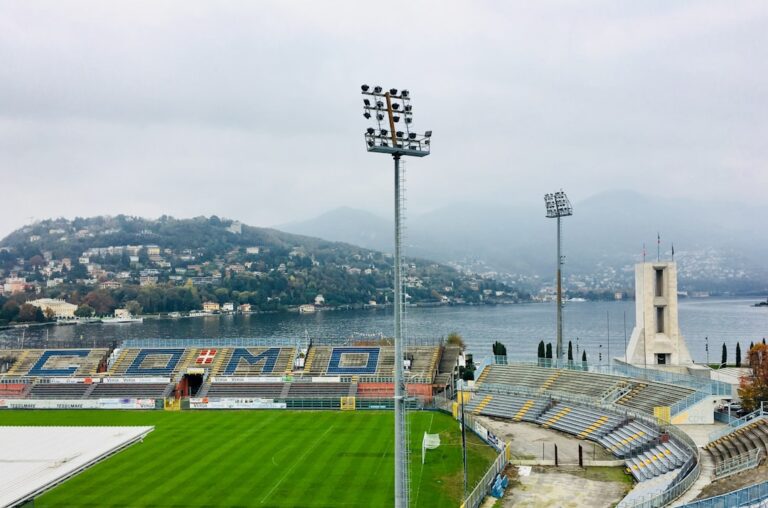Crusader armor has a rich and storied history that dates back to the medieval period. The Crusades, which were a series of religious wars sanctioned by the Latin Church in the medieval period, saw the use of armor as a crucial element in battle. The Crusaders, who were European Christians, wore armor as they fought to reclaim the Holy Land from Muslim control. The armor worn by the Crusaders was a reflection of the military technology and tactics of the time, and it evolved over the course of the Crusades as new materials and techniques were developed. The use of armor by the Crusaders played a significant role in their military campaigns and had a lasting impact on the history of warfare.
The development of Crusader armor can be traced back to the early Middle Ages, when knights began to wear chainmail as a form of protection in battle. As the Crusades progressed, the armor worn by the Crusaders became more sophisticated, incorporating elements such as plate armor and helmets. The design and construction of Crusader armor evolved over time, with craftsmen and blacksmiths constantly seeking to improve its protective qualities while also making it more comfortable for the wearer. The history of Crusader armor is a testament to the ingenuity and resourcefulness of medieval craftsmen, who were able to create highly effective forms of protection using the technology available to them at the time.
Key Takeaways
- Crusader armor evolved from the early chainmail worn by knights in the 11th century to the full plate armor of the 13th century.
- Crusader armor was designed to provide maximum protection while allowing for mobility and flexibility in battle.
- The symbolism of Crusader armor reflected the religious fervor of the Crusades, with Christian iconography and inscriptions often adorning the armor.
- Crusader armor was highly effective in battle, providing protection against arrows, swords, and other weapons of the time.
- Crusader armor continues to capture the imagination of popular culture, appearing in literature, film, and video games as a symbol of medieval chivalry and heroism.
The Design and Construction of Crusader Armor
The design and construction of Crusader armor was a complex and intricate process that required a high level of skill and craftsmanship. The armor worn by the Crusaders was typically made from a combination of materials, including leather, chainmail, and metal plates. Each piece of armor was carefully crafted to fit the individual wearer, with great attention paid to ensuring that it provided maximum protection while still allowing for freedom of movement. The design of Crusader armor was influenced by a variety of factors, including the type of warfare being waged, the climate in which it would be worn, and the personal preferences of the wearer.
The construction of Crusader armor was a labor-intensive process that involved a number of specialized techniques. Chainmail, for example, was made by linking together thousands of metal rings, a task that required great skill and patience. Metal plates were shaped and fitted to the wearer’s body using hammers and anvils, with great care taken to ensure that they provided adequate protection without being too heavy or cumbersome. Leather was often used to line the inside of armor pieces, providing additional comfort and protection. The design and construction of Crusader armor was a highly specialized art form that required years of training and experience to master, and the resulting pieces were highly prized for their quality and effectiveness.
The Symbolism and Religious Significance of Crusader Armor
Crusader armor held deep symbolic and religious significance for those who wore it during the medieval period. The Crusades were seen as a holy war, and the armor worn by the Crusaders was often adorned with religious symbols and imagery. Crosses, in particular, were a common motif on Crusader armor, serving as a reminder of the wearer’s commitment to their faith and their mission to reclaim the Holy Land. The wearing of Crusader armor was also seen as a form of spiritual protection, with many believing that it would help to safeguard them in battle and ensure their place in heaven if they were killed.
The symbolism of Crusader armor extended beyond its religious significance, with many pieces being adorned with intricate designs and patterns that reflected the status and wealth of the wearer. Armor was often passed down through generations as a family heirloom, with each new owner adding their own embellishments to reflect their personal identity and achievements. The wearing of Crusader armor was also a way for knights to display their allegiance to their lord or king, with many pieces featuring heraldic symbols and colors that identified the wearer’s allegiance. The symbolism and religious significance of Crusader armor played a crucial role in shaping its design and construction, with craftsmen often incorporating these elements into their work to create pieces that were not only highly effective in battle but also deeply meaningful to those who wore them.
The Effectiveness of Crusader Armor in Battle
| Armor Type | Effectiveness | Notes |
|---|---|---|
| Chainmail | High | Provides good protection against slashing attacks |
| Plate Armor | Very High | Excellent defense against piercing weapons |
| Helmet | High | Protects the head from direct blows |
| Greaves | Medium | Offers decent protection for the legs |
Crusader armor was highly effective in providing protection for its wearers in battle, allowing them to withstand a variety of weapons and attacks. The combination of chainmail and metal plates offered excellent defense against slashing and piercing weapons such as swords and arrows, while also providing some protection against blunt force trauma from maces and other blunt weapons. The design of Crusader armor was carefully engineered to cover vulnerable areas of the body while still allowing for freedom of movement, enabling wearers to engage in hand-to-hand combat without being encumbered by their protective gear.
The effectiveness of Crusader armor in battle was also due in part to the psychological impact it had on opponents. The sight of heavily armored knights riding into battle would have been an intimidating one for enemy forces, instilling fear and uncertainty in their ranks. This psychological advantage was an important aspect of medieval warfare, with many battles being won or lost based on the morale and resolve of the combatants. In addition to its protective qualities, Crusader armor also served as a symbol of status and authority on the battlefield, with knights who wore it being seen as elite warriors who commanded respect and admiration from their allies and adversaries alike.
The Legacy of Crusader Armor in Popular Culture
The legacy of Crusader armor has had a lasting impact on popular culture, with its iconic design and symbolism being widely recognized and celebrated around the world. Images of knights clad in shining armor have become synonymous with chivalry, honor, and bravery, serving as powerful symbols in literature, film, and art. The romanticized portrayal of Crusader armor in popular culture has helped to perpetuate its mystique and allure, with many people continuing to be fascinated by its history and significance.
Crusader armor has also been a source of inspiration for countless artists and designers, who have drawn upon its aesthetic qualities to create everything from fashion designs to video game characters. The enduring appeal of Crusader armor in popular culture is a testament to its timeless beauty and significance, with many people continuing to be captivated by its rich history and symbolism. Whether it’s through historical reenactments or fantasy novels, the legacy of Crusader armor continues to capture the imagination of people around the world.
The Influence of Crusader Armor on Modern Military Equipment

The influence of Crusader armor can be seen in modern military equipment, with many aspects of its design and construction being adapted for use in contemporary warfare. The concept of providing maximum protection while still allowing for freedom of movement is a central tenet of modern military gear, with advancements in materials and technology allowing for even greater levels of protection than were possible in medieval times. The use of ballistic plates, Kevlar, and other advanced materials in modern body armor can be seen as a direct descendant of the metal plates and chainmail used in Crusader armor.
The influence of Crusader armor can also be seen in the design of modern helmets and other protective gear, with many contemporary pieces drawing inspiration from historical designs while incorporating cutting-edge technology for enhanced performance. The legacy of Crusader armor continues to shape the development of military equipment today, with its emphasis on durability, functionality, and protection serving as a guiding principle for designers and engineers. While the materials and techniques used may have evolved over time, the fundamental principles behind Crusader armor continue to inform the design and construction of modern military equipment.
The Preservation and Display of Crusader Armor in Museums
Crusader armor is highly prized for its historical significance and craftsmanship, with many pieces being preserved and displayed in museums around the world. These artifacts offer valuable insights into the design and construction of medieval armor, providing a tangible link to the past for modern audiences. Museums often go to great lengths to ensure that these pieces are properly cared for and displayed in a way that highlights their cultural and historical importance.
The preservation and display of Crusader armor in museums also serves as a means of educating the public about this important aspect of medieval history. By showcasing these artifacts alongside informative exhibits and educational programs, museums are able to bring the story of Crusader armor to life for visitors of all ages. This helps to ensure that the legacy of Crusader armor continues to be appreciated and understood by future generations, preserving its place in history for years to come.
If you’re interested in learning more about medieval armor, you should check out this article on crackmate.com. They have a comprehensive guide to crusader armor and its significance in history. It’s a fascinating read for anyone interested in the intricacies of medieval warfare and the protective gear worn by knights during the Crusades.
FAQs
What is crusader armor?
Crusader armor refers to the protective gear worn by medieval Christian warriors during the Crusades. It typically included a combination of chain mail, plate armor, and a helmet, designed to offer maximum protection in battle.
What materials were used to make crusader armor?
Crusader armor was primarily made from iron, steel, and leather. Chain mail was constructed from interlocking metal rings, while plate armor was made from solid pieces of metal shaped to fit the body.
How effective was crusader armor in battle?
Crusader armor was highly effective in providing protection against various weapons used in medieval warfare, such as swords, spears, and arrows. It significantly reduced the risk of injury or death in combat.
Did crusader armor vary in design and quality?
Yes, crusader armor varied in design and quality depending on the wealth and status of the wearer. Wealthier knights could afford more elaborate and finely crafted armor, while lower-ranking soldiers often wore simpler and less expensive gear.
What impact did crusader armor have on medieval warfare?
Crusader armor played a significant role in shaping the tactics and strategies of medieval warfare. Its protective capabilities allowed knights and soldiers to engage in prolonged battles and sieges, influencing the outcome of many historical conflicts.














+ There are no comments
Add yours